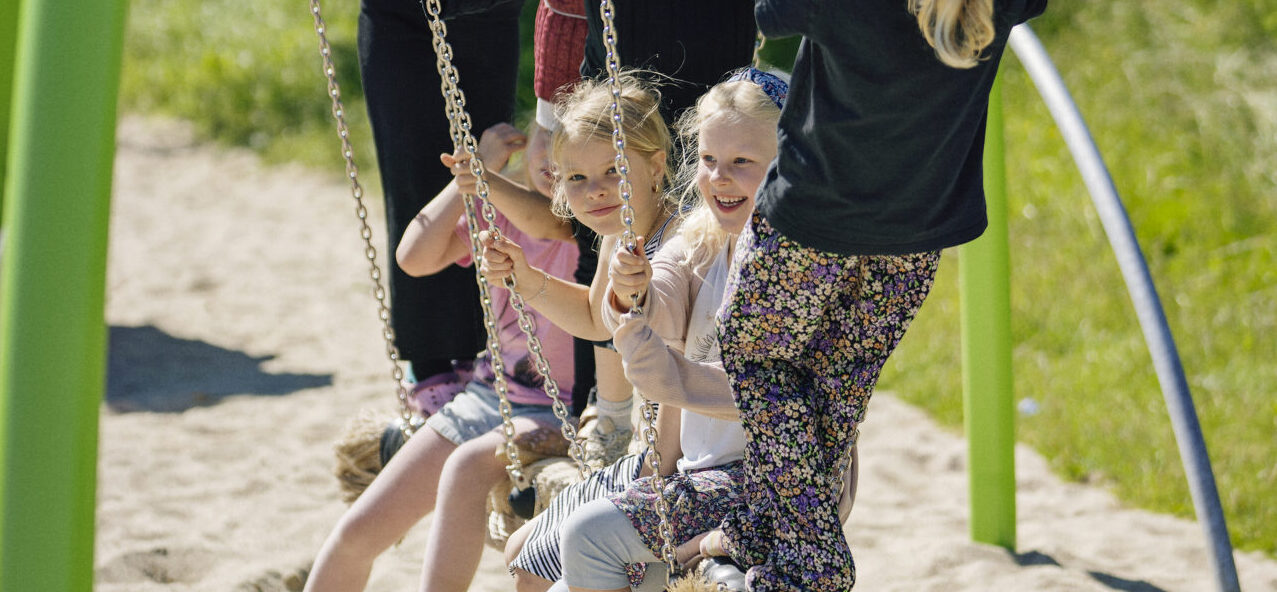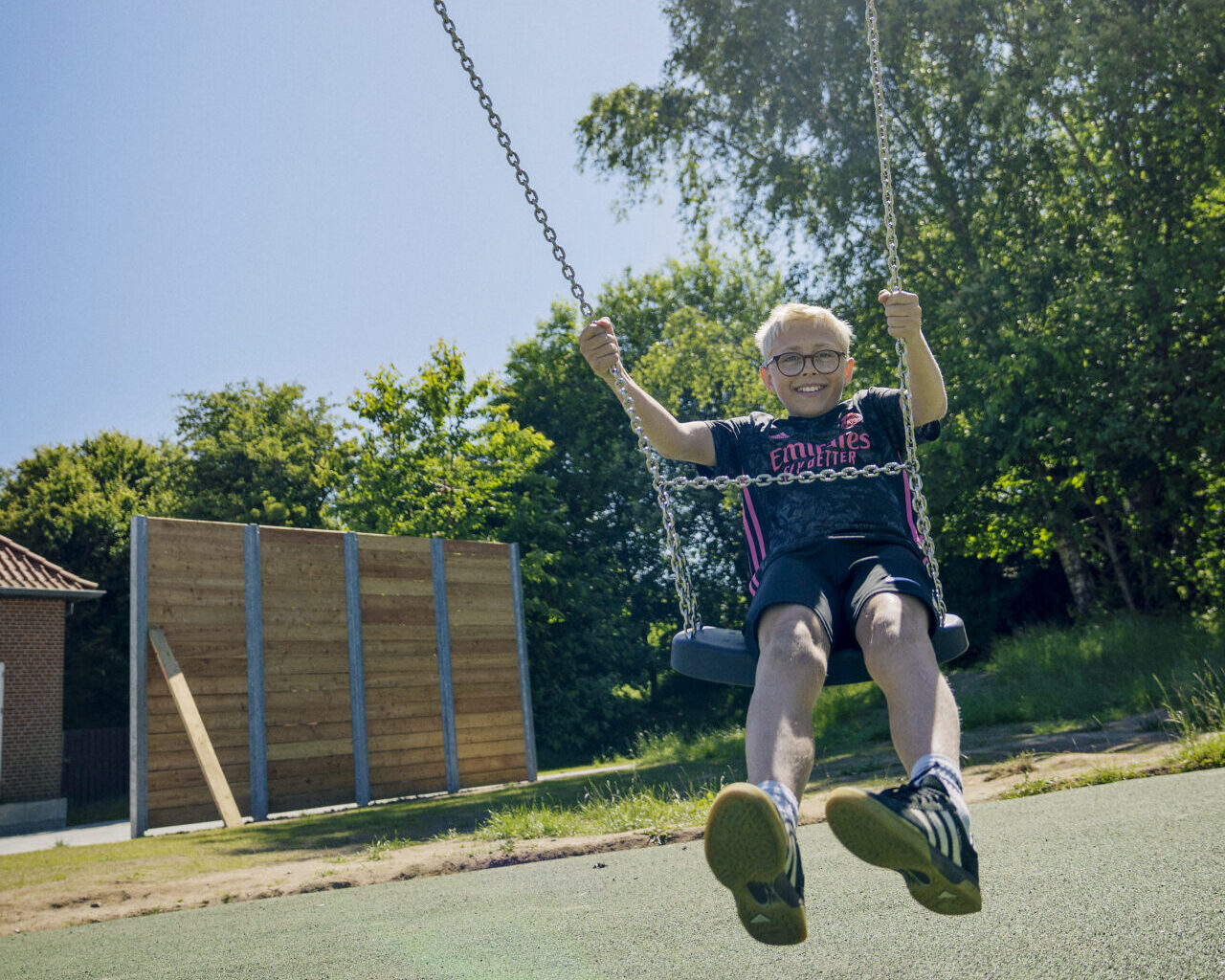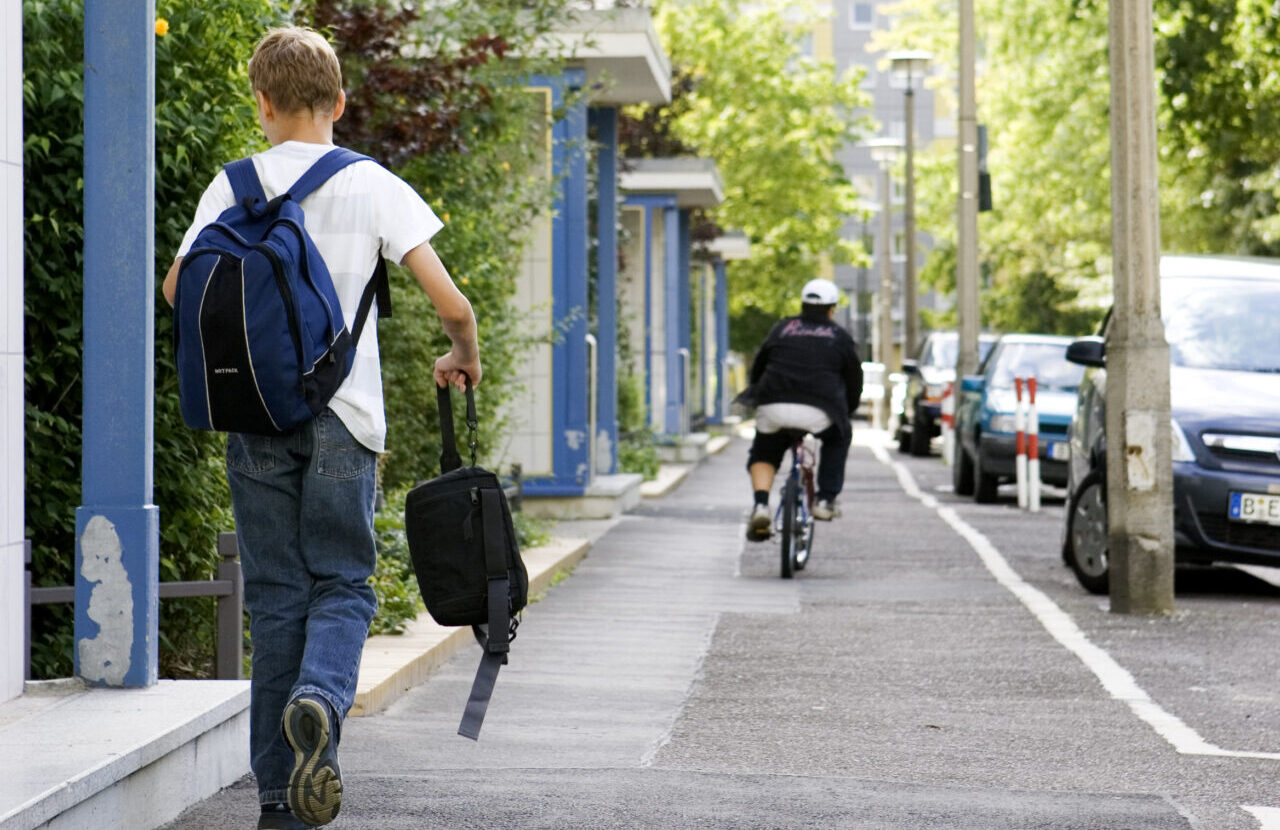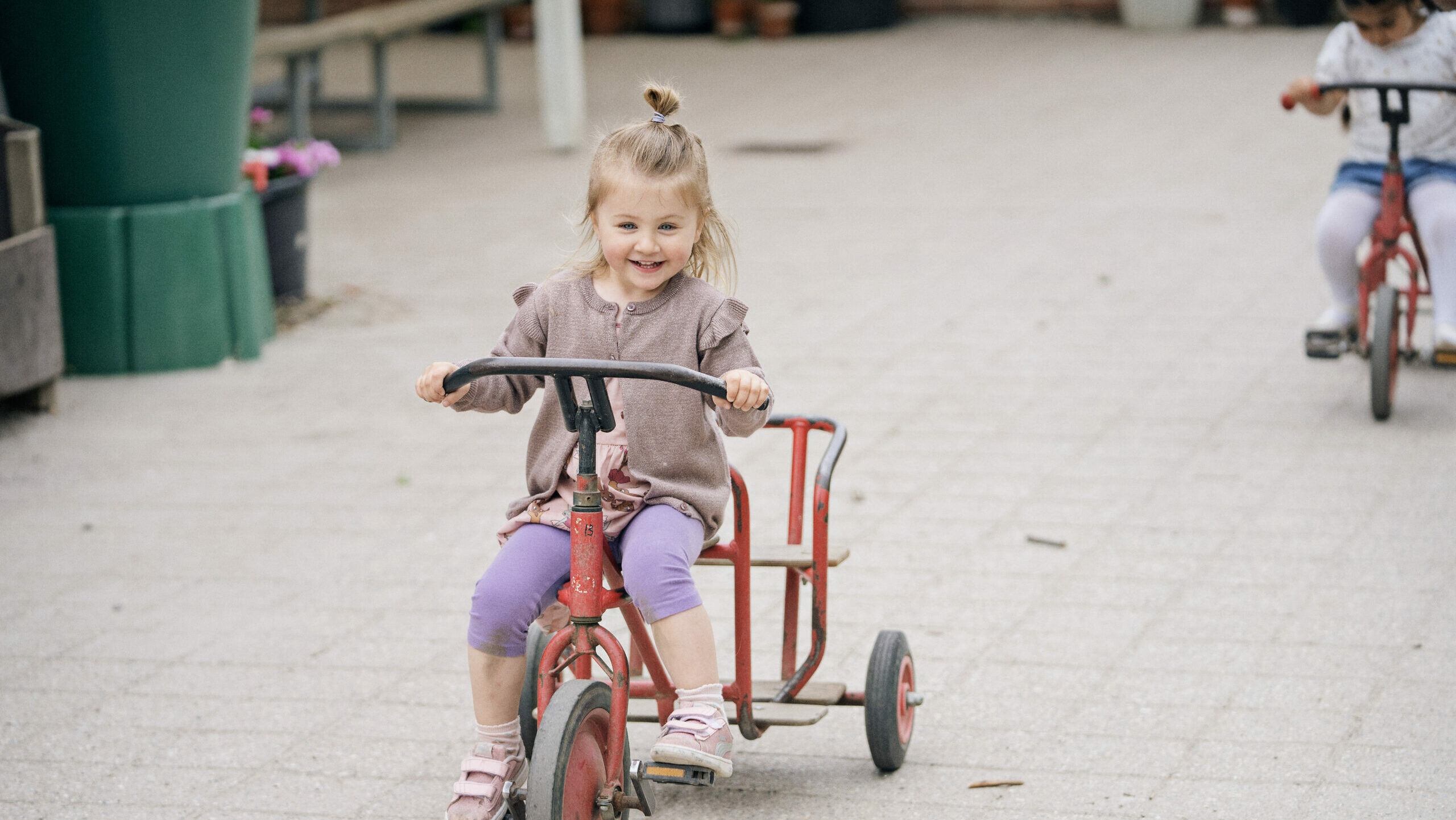
Traditional or nature-based playgrounds for developing preschoolers’ fundamental movement skills?
Introduction and aim
As the allure of nature-based kindergartens grows, one important question arises: How do natural environments functioning as playgrounds impact the development of fundamental movement skills in children?
This brief provides insights from a pilot study conducted in a Danish kindergarten, led by Charlotte Skau Pawlowski and her team from the World Playground Research Institute.
This brief is particularly relevant for policy and decision makers involved in creating and maintaining playground environments for young children. It may also be of interest to researchers and professionals in the field of early childhood education and care, child development, and playground design.
Additionally, anyone interested in understanding the impact of different types of playgrounds on children’s fundamental movement skills could also find value in this text.
Traditional Playground Group
This group of children had access to a 2,700 m2 traditional kindergarten environment with classic features like a climbing frame, slides, swings, a ball court, and more.
They had two hours of daily outdoor play, weekly outings, and an indoor space tailored for active play.
Nature-Based Playground Group
Here, children had access to a 4,800 m2 nature-based playground comprising hills, grass, and a forest section, adorned with a few play features like a playhouse, slide, soccer goals, boards, and wheels.
They had four hours of daily outdoor play, no weekly trips, and no indoor space equipped for active play.
The study
In the pilot study, we compare fundamental movement skills among two kindergarten groups (3.5-5 year old):
Results
A total of 28 children aged 3.5 to 5 years participated in the pilot study. We assessed the children’s gross motor skills using relevant testing tools. Surprisingly, the study revealed no significant difference in fundamental movement scores between the two groups of children.
Key take home message
Drawing from this pilot study, it appears that the importance of space and diversity may outweigh the influence of exposure to nature.
This suggests that if children in kindergartens with traditional playgrounds have access to expansive playgrounds offering a diverse range of play opportunities, along with indoor spaces for active play and frequent outdoor excursions, their fundamental motor skill development could be on par with that of children in nature-based kindergarten environments.
Looking ahead, there’s a clear need for more extensive and long-term studies with larger sample sizes to explore the impact of diverse kindergarten designs and environmental features— ranging from nature-based to traditional settings—on children’s motor skill development.
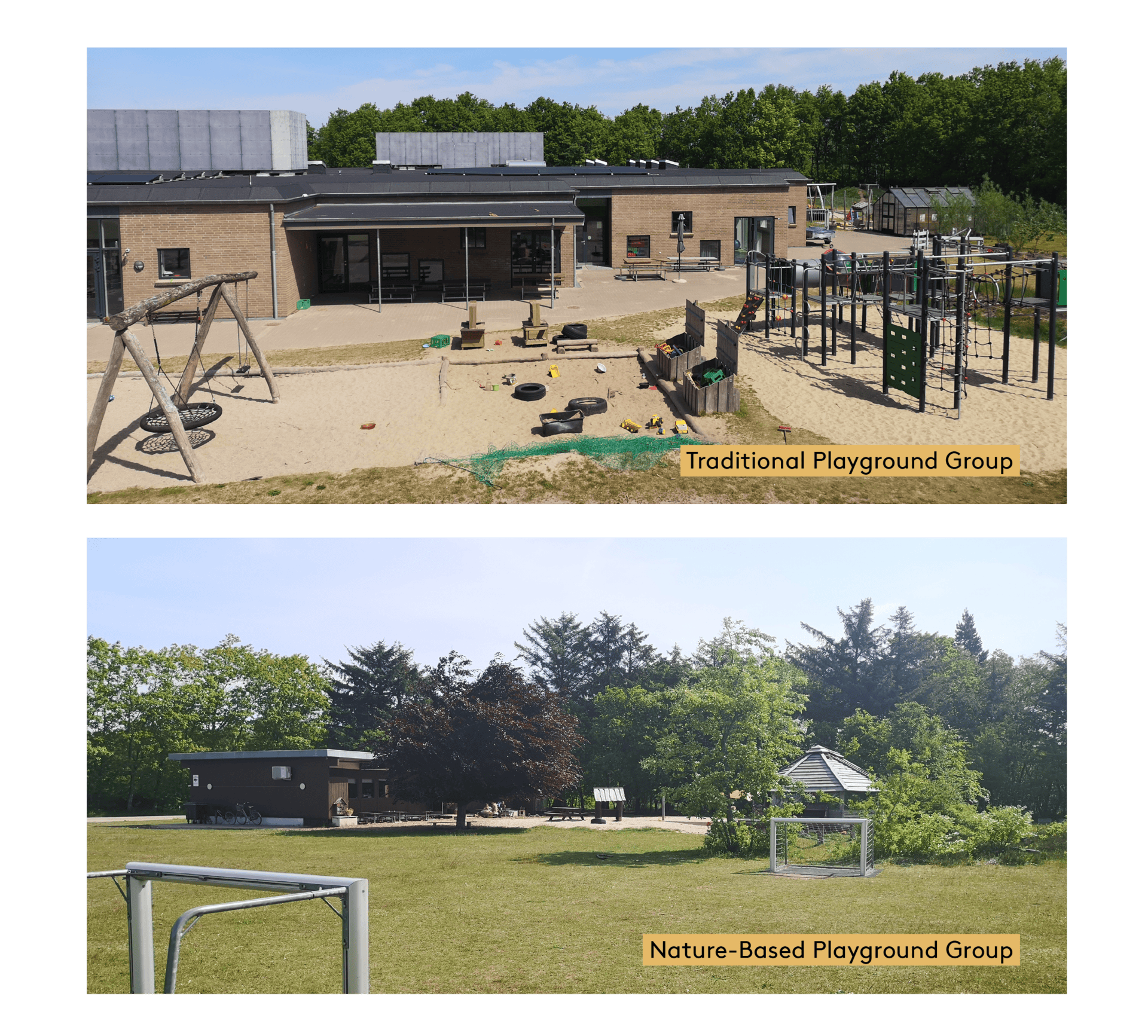
All our briefs are accessible through our website, www.playgroundresearch.org.
On the website, you’ll find a compilation of briefs that offer a clear comprehension of research findings and their implications for future research and practical application.
You can also download a printable PDF version of this brief to facilitate sharing.
Downloads
Please click on the download link below to obtain a copy of each file
Main Editors

Similar Briefs
Projects
Explore our institute’s active engagement in developing playgrounds’ future through innovative research and current projects.
Briefs
We are dedicated to sharing valuable insights from research studies and reviews through concise and accessible publications.
Articles
Explore our article database for a comprehensive array of global research and insights, offering diverse perspectives and knowledge.
News
Stay up-to-date and engaged through the latest news, project updates, events, and activities specific to playground research.
